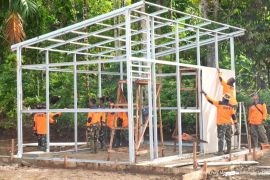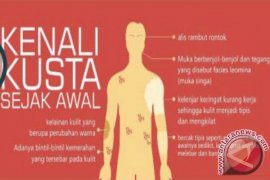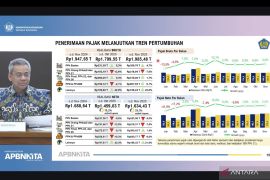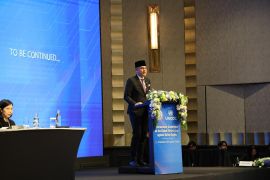"Exploration of banana genetic diversity must be done promptly," researcher at BRIN's Genetic Engineering Research Center, Fajarudin Ahmad, said during a virtual seminar on Friday.
Currently, genetic exploration of bananas scattered across Indonesia is still limited, which is why it needs to be bolstered.
Through such exploration, bananas with superior characteristics can be identified, which would be beneficial to obtain a superior variety crop.
This superior variety banana is expected to have qualities such as high productivity, good quality, and resiliency against certain pests and diseases, including fusarium wilt.
Fusarium wilt is very hard to control. The spores of Fusarium Oxysporum can remain in the ground for 30 to 40 years, Ahmad highlighted.
Therefore, land affected by the fungus cannot be used for banana cultivation.
Fusarium wilt is a primary disease affecting bananas. If a banana plant has fusarium wilt, then it cannot be saved, Ahmad noted. Such a plant cannot bear fruit because it wilts from the disease.
When a plant's stem is affected by fusarium wilt, its color changes to brown or black. This change in color is also seen on the plant's hump.
Related news: East Java should facilitate banana exports: DPD speaker
On account of this, the main solution for banana cultivation is planting bananas that are resilient to fusarium disease, Ahmad said.
Unfortunately, banana varieties that are resilient to fusarium and fit for industry do not yet exist.
The effort to explore the genetic diversity of Indonesian bananas will contribute to the acceleration of the banana's genetic repair, Ahmad said.
To this end, gene mapping should be done to find and identify superior genes to assist in the genetic refinement of bananas.
If farmers plant disease-immune bananas, their productivity will increase, which would lead to better income and prosperity.
Related news: Banana most favored imported fruit by S. Koreans
Translator: Martha H S, Fadhli Ruhman
Editor: Rahmad Nasution
Copyright © ANTARA 2022












